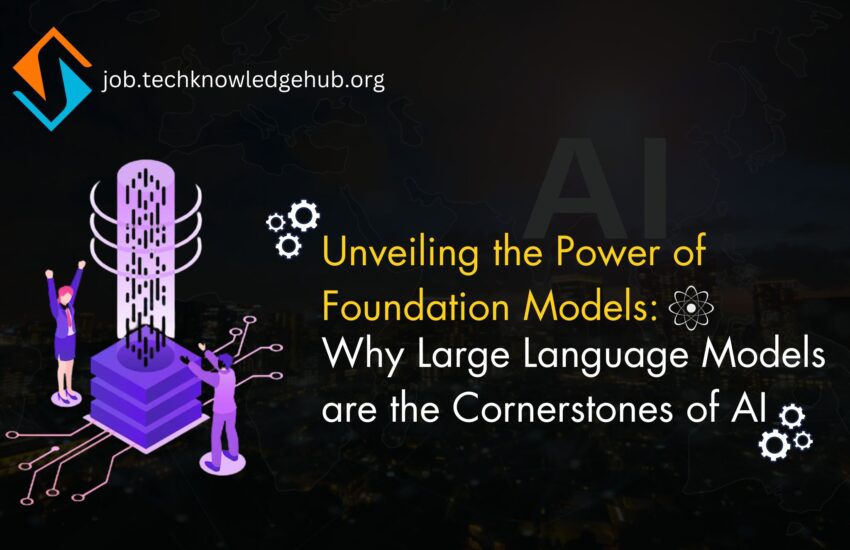The Rise of Foundation Models
Artificial intelligence (AI) has come a long way in recent years, and one of the most significant advancements in this field is the development of large language models, often referred to as foundation models. These models, such as GPT-3, have revolutionized the way machines understand and generate human language, opening up new possibilities across industries.
So, what exactly makes these models the foundation of AI? It all comes down to their sheer size and ability to process and comprehend vast amounts of text data. Foundation models are trained on billions of sentences, encompassing a wide range of topics and writing styles, which enables them to acquire an impressive understanding of language.
Their immense size allows foundation models to capture intricate nuances, context, and even subtle human biases that are prevalent in written texts. With this knowledge, they can generate coherent and contextually relevant responses, making them incredibly useful for a variety of applications.
The Versatility of Foundation Models
Foundation models have proven to be versatile tools that can benefit businesses in numerous ways. Their ability to process and generate human-like text has opened up avenues for developing chatbots, virtual assistants, and recommendation systems that provide personalized experiences.
These models have also found applications in content creation, making it easier for businesses to automate the generation of articles, reports, and even social media posts. This not only saves time but also ensures that the content is tailored to the target audience.
Furthermore, foundation models have paved the way for advancements in natural language processing (NLP), enabling machines to understand and respond to human queries more effectively. This has led to improved customer support experiences, where AI-powered systems can provide quick and accurate responses, reducing the need for human intervention.
The Impact of Foundation Models
The impact of foundation models on various industries is already evident. In healthcare, these models can assist in medical research, drug discovery, and diagnosing diseases by analyzing vast amounts of medical literature. In finance, they can help with risk assessment, fraud detection, and even predicting market trends based on news analysis.
Education is another sector where foundation models show great promise. They can aid in language learning, provide personalized tutoring, and even generate educational content tailored to individual students’ needs.
As foundation models continue to evolve and improve, we can expect AI to become an integral part of our everyday lives. From improving customer experiences to driving innovation in healthcare and education, the possibilities are endless.

